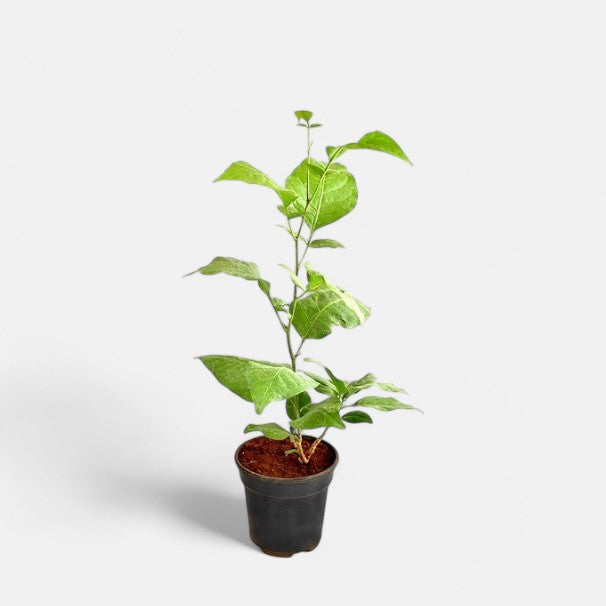



Brief Intro
Buy Bel Patra Plant, Bilva Patra in Grow Pot - 5 Inch
The Bel Patra Plant, also known as Bilva Patra, is a sacred and medicinal plant revered in Indian culture. With its trifoliate leaves symbolizing Lord Shiva, this plant holds a significant place in spiritual practices and Ayurveda. Potted in a 5-inch grow pot with premium organic soil mix, the Bel Patra plant is a hardy and versatile addition to your home garden.
About Bel Patra Plant
The Bel Patra Plant (Aegle marmelos) is a deciduous tree native to India. Its leaves, fruits, and bark are highly valued for their medicinal properties and religious significance. Known for its adaptability and resilience, this plant can thrive in various climatic conditions, making it an ideal choice for indoor or outdoor cultivation.
Care Tips for Bel Patra Plant
-
Light: Prefers full sunlight but can tolerate partial shade. Place it in a well-lit area for optimal growth.
-
Watering: Water moderately, allowing the top layer of soil to dry between waterings. Avoid overwatering.
-
Humidity: Thrives in normal humidity levels. No additional humidity is required.
-
Temperature: Best suited for temperatures between 20-35°C. Protect it from frost and extreme cold.
-
Fertilizer: Feed with organic compost or a balanced fertilizer every 4-6 weeks during the growing season.
-
Pruning: Prune periodically to maintain shape and encourage new growth.
Benefits of Bel Patra Plant
-
Religious Significance: Widely used in worship, especially in offering to Lord Shiva.
-
Medicinal Properties: Known for its detoxifying, anti-inflammatory, and digestive benefits.
-
Air Purification: Enhances indoor air quality by filtering toxins.
-
Easy to Grow: A resilient plant suitable for various environments.
Placement Suggestions for Bel Patra Plant
-
Puja Room: A sacred addition to your spiritual space.
-
Balcony or Terrace: Thrives in outdoor settings with ample sunlight.
-
Garden: Complements other plants in a home garden.
-
Entryway: Symbolizes peace and prosperity.
FAQs:
What is the Return Policy?
This product is Not Returnable. It may be replaced or refunded in case of damage or defective condition on a case to case basis.
How to cancel my order?
Cancellation for Live Plants is allowed before the dispatched. You can request cancellation through Your Orders page or by contacting customer service within that time.
What if i received damage product?
If a product is received in a damaged or defective condition, you need to contact the customer service within 1 days of delivery. Free of cost replacement or refund claim is available to you.





